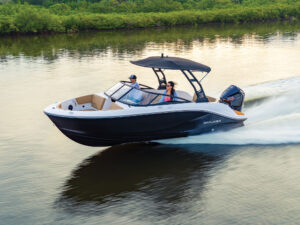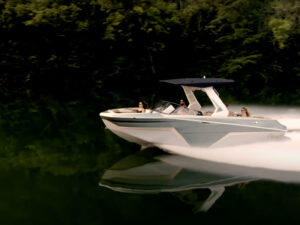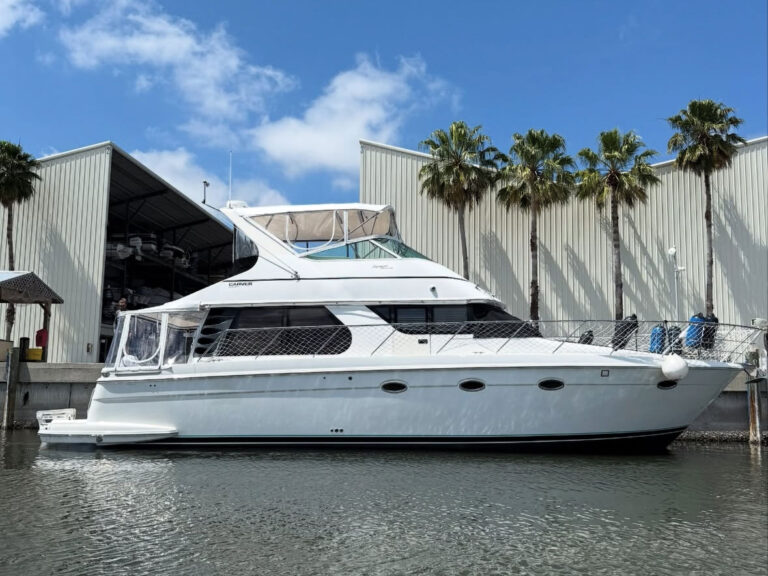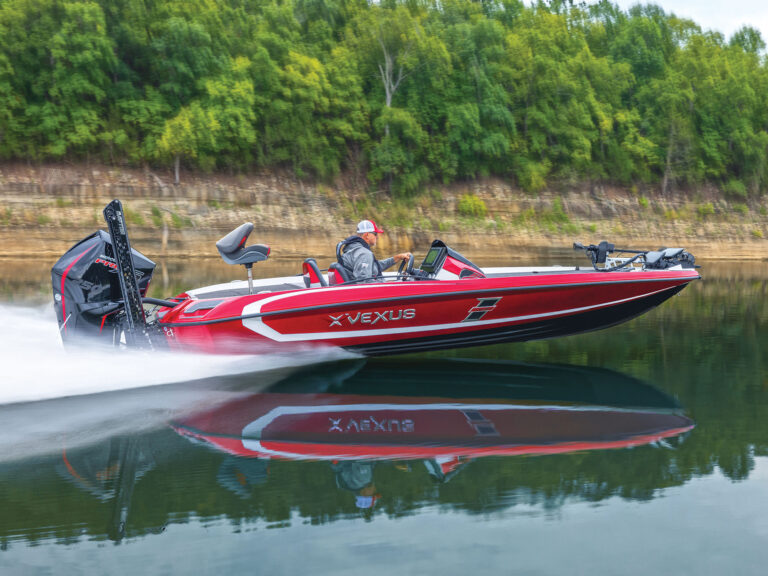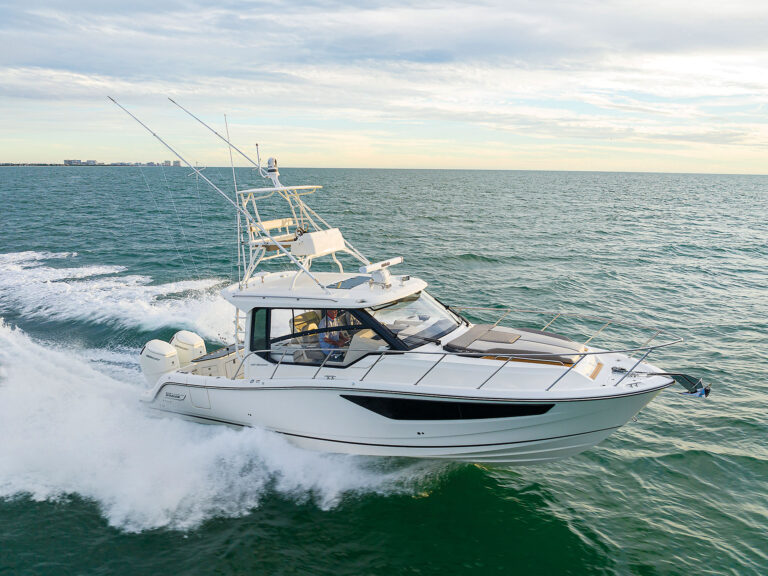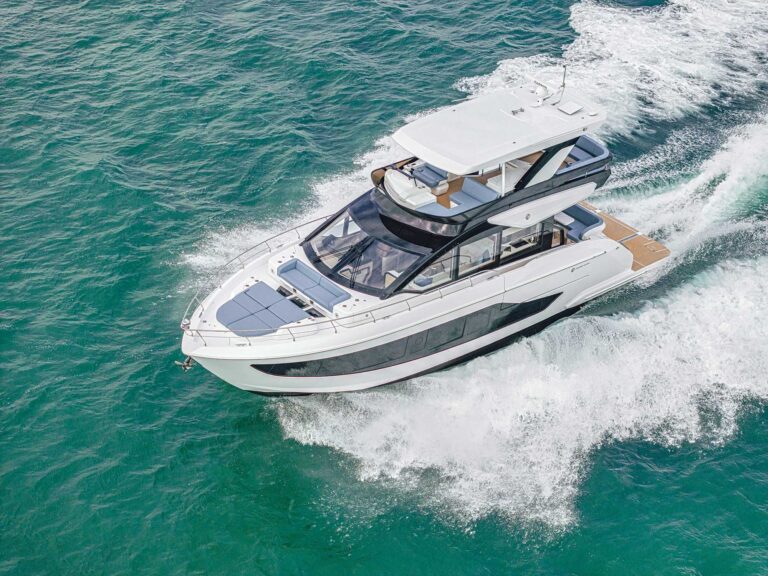
Part 1: Removing the Old Motor
Welcome to Outboard Repower 2020! This is the first in a series of articles that will detail all that’s required to install brand-new outboard power aboard your existing boat. In the course of producing this series, we’ll show you all you need to know about repowering your boat with a new outboard. Let’s meet the players.
Our project boat is a 1997 Regulator 23. The boat weighs 3,800 pounds, boasts 24-degrees of transom deadrise, features a 30-inch transom and is rated for 400 hp.

Our choice of new motor is a 250-hp Mercury Marine Four Stroke. This engine was chosen for its light weight, high torque and host of innovative convenience and performance features. We’ll explore these in detail as they are installed, but if you can’t wait, you can check out all the info on Mercury Marine’s website:
mercurymarine.com/en/us/engines/outboard/fourstroke/

Also, you can enjoy this video, giving a brief, on-water description of this engine family and its features and control.
Removing the Motor
For repower boaters, removing the old motor often presents the biggest problem, or quandary. In our case, we used an engine hoist to lift the old motor off. Because our project boat was stored on a gravel driveway, we laid down a few sheets of plywood so that we could roll the engine over to the transom of the boat it was going to be installed on. We had backed that boat up right next to our project boat, so that we didn’t have to move the engine far.
Six Engine Removal Tips

1. An impact driver makes removing the mounting bolts easier.
2. Take notes, take pictures, and label connectors as you de-rig.
3. Have a battery pack at hand, as you may need to tilt the motor to gain clearance as different boats, may have more or less ground clearance on a trailer. Our project boat was on stands; the new boat was on a trailer, and the engine needed to be tilted up to clear the ground.
4. If loading your old engine into the buyer’s pickup truck, rather than mounting on transom, have them pad the bed with an old mattress, cardboard, etc.
5. Have a short length of chain (2-3 feet) with two hooks on hand to be used with the hoist by hooking through the lifting eye on the engine.
6. Some engines have a hoisting loop/bale built on; others use an eye-bolt that screws into the flywheel.
Check out our full Engine Repower 2020 guide!



